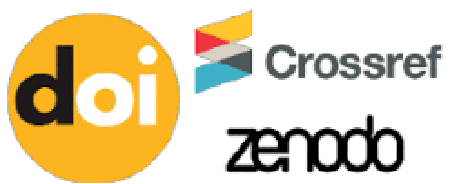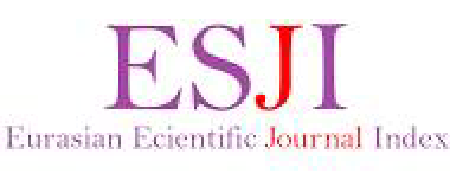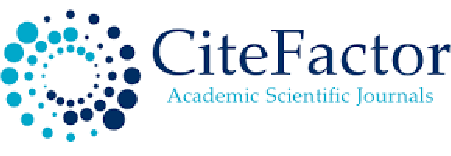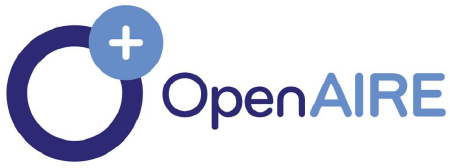GENDER AND SOCIAL IDENTIFICATION FACTORS IN CLOTHING LEXICON: A COMPARATIVE LINGUOCULTURAL ANALYSIS
Abstract
This study investigates the role of gender and social identification factors in the clothing lexicon of Uzbek and English. The research examines how lexical units related to clothing encode social roles, gender norms, and cultural identity. By analyzing both core and peripheral elements of clothing-related words, the study highlights the interplay between language, cognition, and societal perception. Comparative analysis reveals differences and similarities in how Uzbek and English lexicons convey social hierarchy, gender expectations, and cultural symbolism. The findings demonstrate that clothing vocabulary functions as a linguocultural code reflecting both universal human needs and culture-specific norms. This research contributes to the fields of cognitive linguistics, sociolinguistics, and linguoculturology by providing insights into how language structures reflect social and cultural realities.
References
1. Lakoff, G., & Johnson, M. (1980). Metaphors we live by. Chicago: University of Chicago Press. [p. 12–45]
2. Kövecses, Z. (2010). Metaphor: A practical introduction (2nd ed.). Oxford: Oxford University Press. [p. 67–102]
3. Vereshchagin, E. M., & Kostomarov, V. G. (1990). Language and culture (Yazyk i kultura). Moscow: Nauka. [p. 55–78]
4. Rosch, E. (1975). Cognitive representations of semantic categories. Journal of Experimental Psychology: General, 104(3), 192–233. [p. 193–200]
5. Oxford English Dictionary. (2020). Oxford University Press. [p. 1–500, various entries]
6. O‘zbek tilining izohli lug‘ati (2019). Tashkent: O‘quvchi nashriyoti. [p. 50–150]
7. Corpus of Contemporary American English (COCA). (2020). Brigham Young University. [Online resource]
8. Uzbek National Corpus (2019). Institute of Oriental Studies, Tashkent. [Online resource]






















